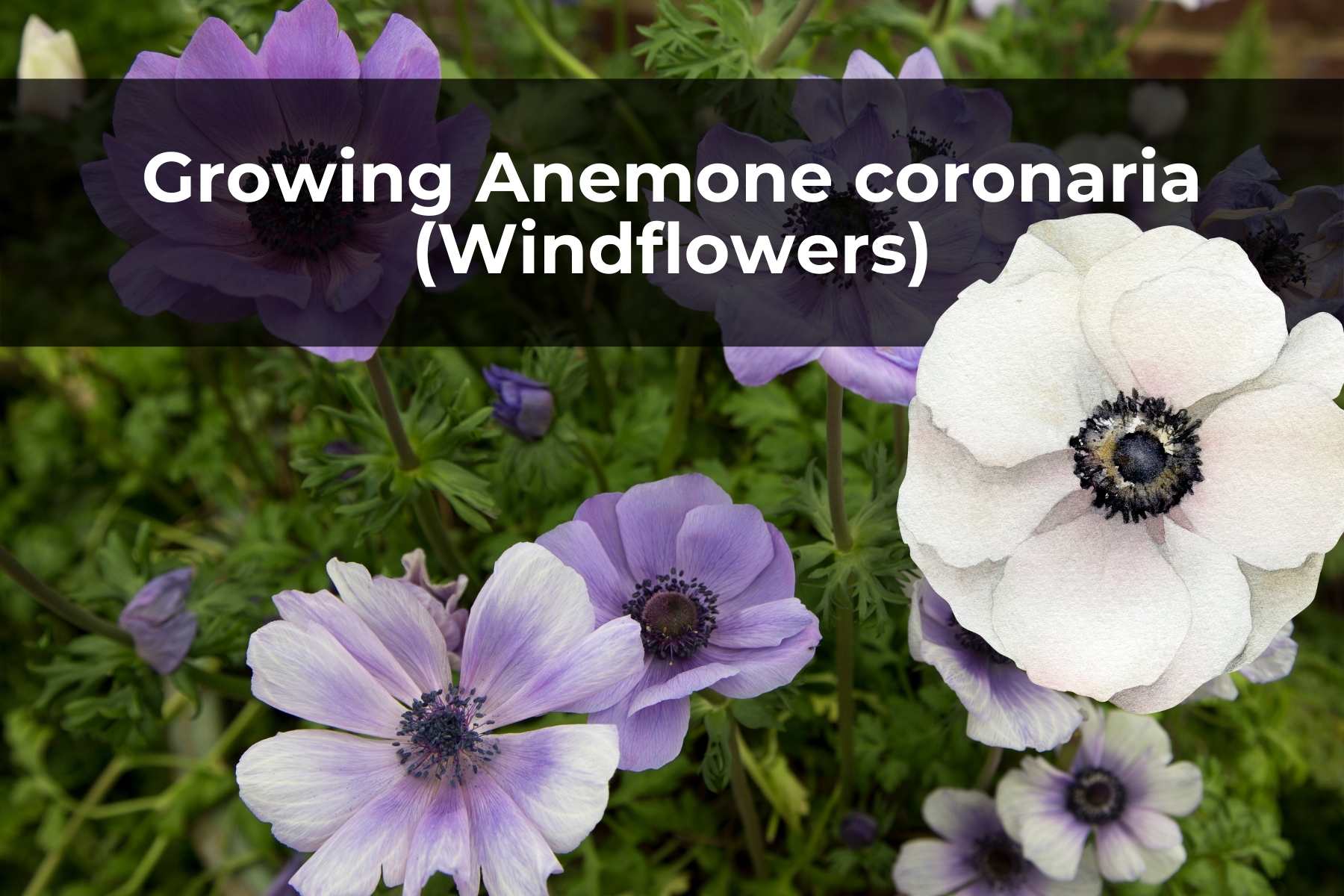Last Updated on April 12, 2024 by Real Men Sow
The Anemone Coronaria blooms twice a year, which is more than the Japanese Anemone. It is an early bloomer and the flowers appear anytime between late spring, April, and early summer June. The second bloom occurs in the autumn.
Bright, vibrant normally red flowers are found on tall stems that have a number of small leaves below the flower. Red is the most popular variety, with a deep, bright, vibrant color. Clear shades of blue, white, or red are also available. The flowers are usually single, but they can also bloom in doubles.
How To Propagate Anemone Coronaria
There are many ways to propagate anemone coronaria. The seeds can be collected from dried flowers or bulbs. The plant can also be cut in spring. Each rhizome can be cut with a bud.
These cuttings should be planted about 2 inches deep in loose soil. It should mature in just a few years. Remember that it is not a good idea to try to transplant young plants by dividing the bush. Before you can cut them, they should be at least 4 or 5 years old.
General Care Guide for Anemone coronaria
Light & Temperature
Choose a location with lots of sunshine when choosing a sport to grow your Spanish marigold. Partial shade is acceptable, but not the best. The plant is a Mediterranean native and thrives in warm climates. It is best to keep your plants in pots if you live in a colder region.
Watering, Feeding, and Fertilizing
The early season of Anemone coronaria needs moderate watering. You may not need to water the flowers after they bloom. These plants are easy to grow and require little care. Over-watering is the main problem.
The soil should have a level of “medium moisture” when you plant your bulbs. Keep the soil moistened and check it daily. Liquid fertilizer can be added to the plants around the time the flowers bloom. It is possible to fertilize your garden pot prior to planting. Later in the season, you can avoid fertilizer.
Soil & Transplanting
The native Mediterranean region’s Anemone coronaria is able to grow in sandy soil. You will need to drain the soil well in other areas. Planting bulbs or seeds is possible. If you are going to plant delicate plants, it is best to start them indoors.
Soak the bulbs in warm water for at least an hour before planting them. The water provides the bulbs with a wake-up call. Place the bulbs one- to two inches deep in the soil. Transplant the bulbs from a container to your garden in the spring, before the foliage begins to grow.
You may wish to bring them inside at the end of the season. If plants are in the ground, take them out and dry them. You can place them in a bag filled with sand or peat moss in a dark, cool location.
Pruning
There is no need to do any pruning. You can still cut a few flowers to make a bouquet. Trimming the flowers won’t cause any damage to the plant.
Pests and Plant Diseases of Anemone coronaria
Pests should not be a concern. The Anemone coronaria is a common pest that most animals avoid. Slugs and powdery mildew are a problem. Although the plant isn’t particularly susceptible to pests or diseases, it can be harmful to pets and humans if ingested. All parts of the plant may be toxic if taken in large amounts.

